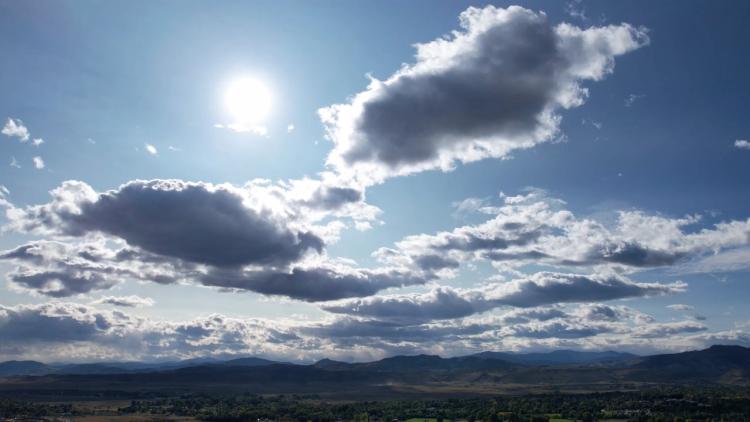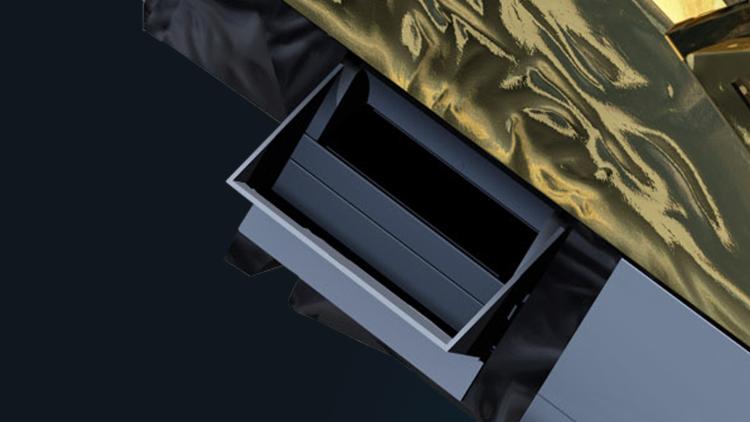“Atmospheric composition includes observing trace gases, greenhouse gases, and aerosols, which are small suspended particles including dust and smoke,” said Leskow-Czyżewska.
“So, we produce data about ozone in the atmosphere to track the recovery of the ozone hole and pollutants like nitrogen dioxide, and I am at the interface between the data and the users. When it comes to users, I always want to hear about any issues they might be having. I want to find out how I can support them.
“We have processes to integrate their feedback and actually take it on board and change things. Being such a user-focused organisation, their requests are carefully considered. We at EUMETSAT could have the best ideas about something new to do in the future, but if we do not discuss these ideas with the people that are actually going to use the data, then they might not make sense for their needs.”
The users Leskow-Czyżewska and her team support include the national meteorological services in EUMETSAT member states and the Copernicus Atmospheric Monitoring Service, a service implemented by the European Centre for Medium-Range Weather Forecasts on behalf of the European Commission, that assimilates air pollution data provided by EUMETSAT into air quality forecasts. In addition, Leskow-Czyżewska and her team also help university researchers and students in environmental departments aiming to better understand processes such as how air pollution affects human health and the climate.
With the recent launch of the first EPS-SG satellite, Metop Second Generation A1, on 13 August, which carries an array of cutting-edge sounding and imaging instruments and the European Union’s Copernicus Sentinel-5 mission, Leskow-Czyżewska is excited to be one step closer to users getting much-anticipated data.
“I am looking forward to when people will actually be able to use the data,” she said.
“Before I started in my current position, I worked solely on Copernicus Sentinel-5 in a much more technical role, needing to understand the nitty-gritty details of the algorithms. So, I am particularly attached to Copernicus Sentinel-5 and the data that will come from it. Thinking about how the data will positively impact people’s daily lives in some way – for example, knowing aviation could be safer thanks to volcanic ash observations – that is really amazing.”
Author:
Sarah Puschmann







